The orchid family, with its dazzling array of colors and intricate forms, has long captivated botanists and hobbyists alike. Among its many mysteries, one peculiar adaptation stands out: the phenomenon of aerial roots. These ghostly, silvery tendrils defy conventional root behavior, dangling freely in the air rather than burrowing into soil. This evolutionary marvel raises fascinating questions about how these plants not only survive but thrive in seemingly inhospitable conditions.
In the dense tropical forests where many orchids originate, competition for light and space is fierce. The emergence of aerial roots represents a brilliant solution to this challenge. Unlike terrestrial plants that rely on soil for stability and nutrition, epiphytic orchids have evolved to perch on tree branches or rocky outcrops. Their roots serve multiple functions—anchoring the plant, absorbing moisture from humid air, and even engaging in photosynthesis when leaves are scarce. This multifaceted adaptation allows them to exploit ecological niches that other plants cannot.
The anatomy of these specialized roots reveals nature's ingenuity. Covered with a spongy tissue called velamen, orchid roots act like biological sponges. This velamen radicum, often appearing white or silver, can absorb water vapor directly from the atmosphere. During heavy rains, it soaks up moisture rapidly, while in dry periods, its cells collapse to form an insulating layer that prevents dehydration. Microscopic examination shows these roots are packed with chloroplasts, enabling them to contribute significantly to the plant's energy production—a critical advantage when light reaches the leaves only intermittently through the forest canopy.
Perhaps most astonishing is how these roots navigate their environment. Time-lapse photography has captured their slow but deliberate movements as they seek optimal positions. Some species demonstrate negative geotropism—growing upward against gravity toward light sources. Others exhibit positive hydrotropism, bending toward sources of humidity. This responsiveness to environmental cues blurs the line between root and stem behavior, challenging our traditional definitions of plant organs.
The relationship between orchid roots and their microbial partners adds another layer of complexity. Mycologists have discovered that certain fungi form symbiotic relationships with orchid roots, particularly during germination. These mycorrhizal associations are often species-specific, with fungi providing nutrients to young orchids in exchange for carbohydrates once the plant matures. Some tropical orchids maintain these fungal partnerships throughout their lives, creating what scientists call a "mycoheterotrophic" relationship—a delicate balance between parasitism and mutualism that underscores the orchid's sophisticated survival strategy.
Horticulturists have learned valuable lessons from studying these aerial roots. Traditional potting methods often prove fatal to epiphytic orchids, as their roots suffocate in dense media. Modern orchid cultivation emphasizes mounting plants on bark or using exceptionally porous mixes that mimic their natural habitat. Observing how roots silver or green depending on moisture levels helps growers perfect their watering routines. These insights have transformed orchid keeping from a frustrating gamble to a more predictable science.
Climate change presents new challenges for these aerial root specialists. As rainfall patterns shift and humidity levels fluctuate, orchids must adapt their water absorption strategies. Some species demonstrate remarkable plasticity, adjusting velamen thickness or root density in response to environmental changes. However, scientists worry that the pace of climate change may outstrip the adaptive capacity of certain orchids, particularly those endemic to small geographic ranges with highly specific ecological requirements.
Beyond their biological significance, orchid roots hold cultural importance in many traditions. In Chinese medicine, certain orchid roots are prized as tonics. Pacific Islanders historically used the long, fibrous roots of specific species for weaving and cordage. The Vanilla orchid's roots, though less celebrated than its seed pods, contribute to the complex chemistry that makes natural vanilla so prized. These diverse applications highlight how humanity has recognized and utilized the unique properties of orchid roots across civilizations.
Recent technological advances are unlocking further secrets of aerial root function. Spectral imaging reveals how different root regions absorb various light wavelengths for photosynthesis. DNA analysis helps trace the evolutionary pathways that led to this radical root adaptation. High-resolution sensors track minute changes in root diameter as water content fluctuates. Each discovery adds another piece to the puzzle of how these plants mastered aerial living.
The orchid's aerial roots stand as a testament to nature's boundless creativity. In these delicate structures, we find solutions to problems of water acquisition, nutrient gathering, and energy production—all achieved without conventional soil contact. As research continues, these mysterious roots may yet yield insights applicable to agriculture, materials science, or even space botany. For now, they remain one of the plant kingdom's most elegant examples of evolutionary innovation, suspended between earth and sky.
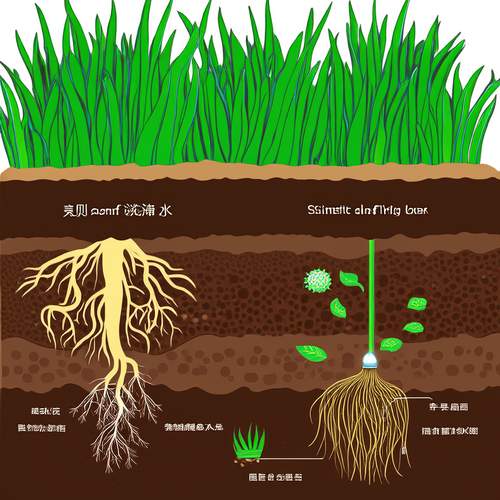
By /May 21, 2025
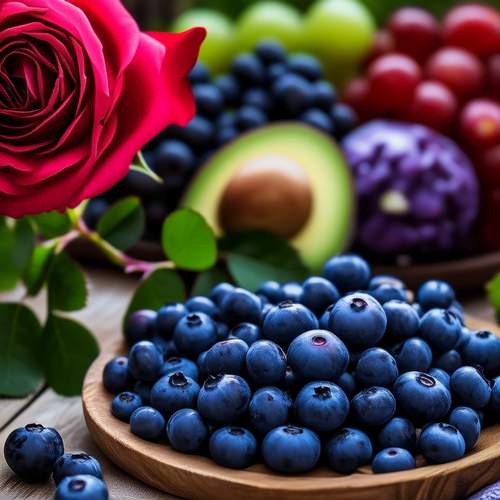
By /May 21, 2025
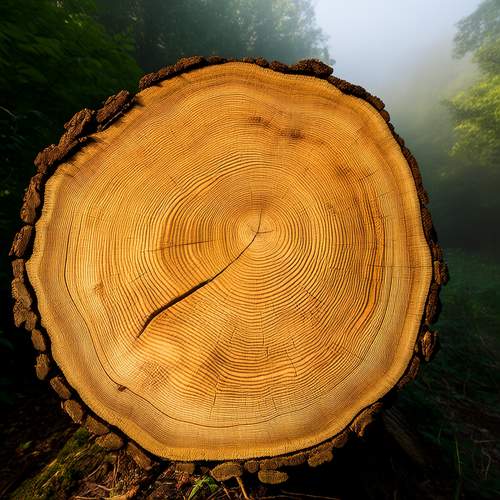
By /May 21, 2025
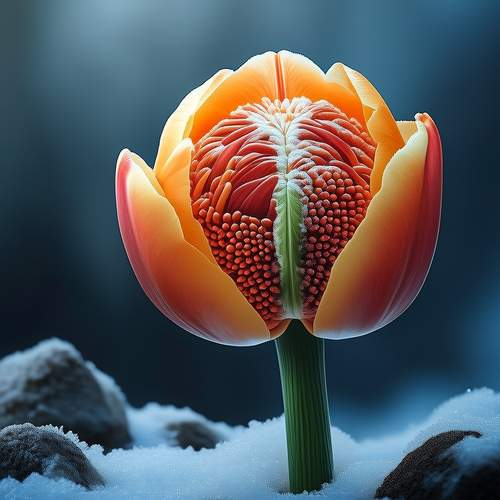
By /May 21, 2025
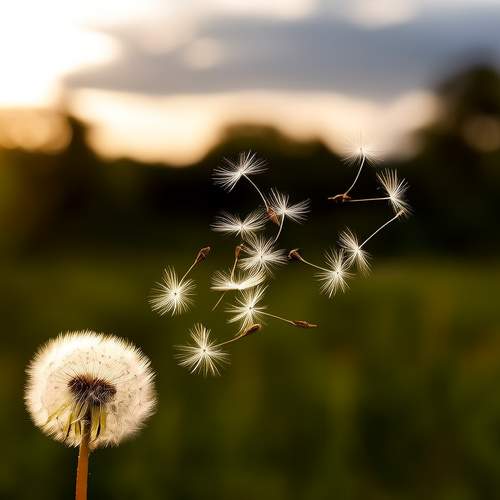
By /May 21, 2025
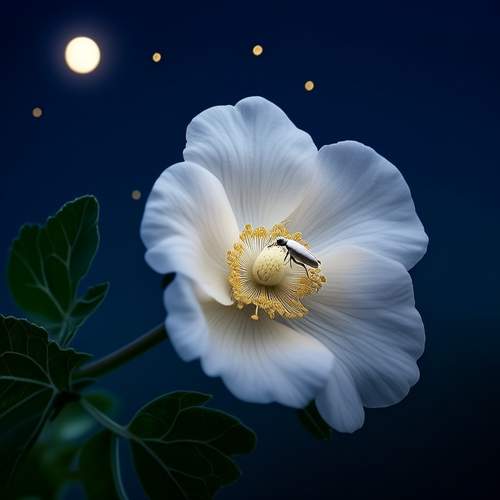
By /May 21, 2025
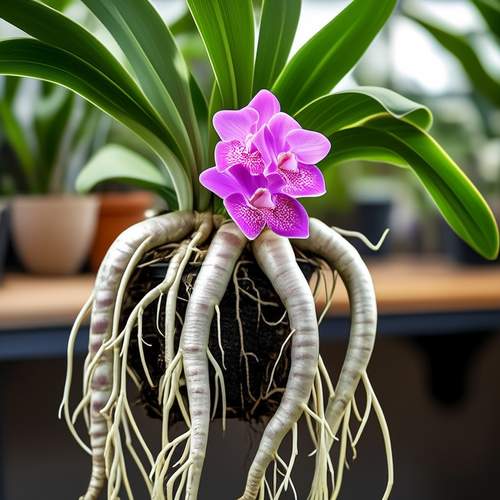
By /May 21, 2025
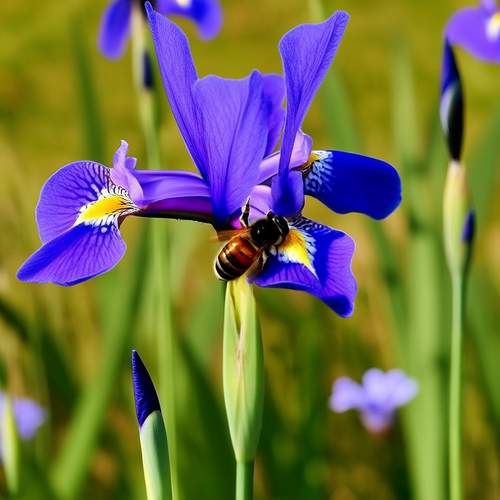
By /May 21, 2025
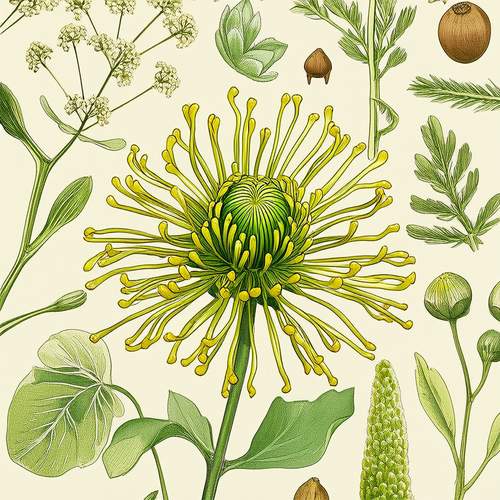
By /May 21, 2025

By /May 21, 2025

By /May 21, 2025
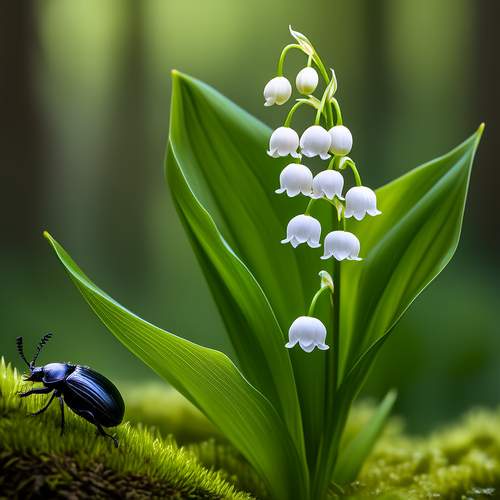
By /May 21, 2025
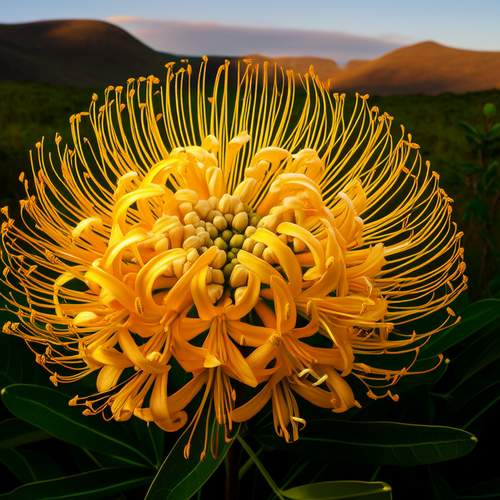
By /May 21, 2025

By /May 21, 2025

By /May 21, 2025
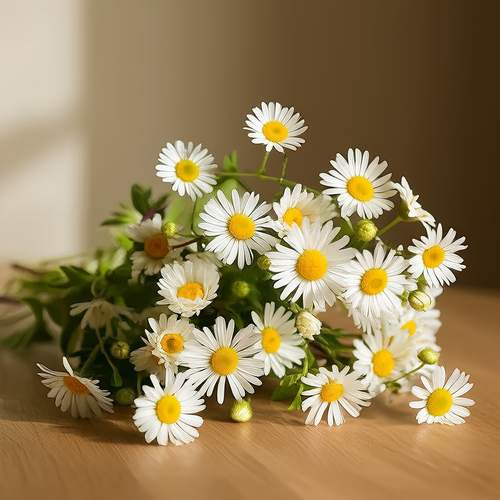
By /May 21, 2025

By /May 21, 2025

By /May 21, 2025

By /May 21, 2025
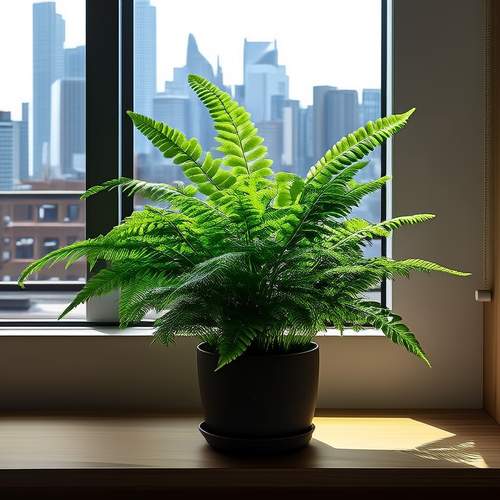
By /May 21, 2025